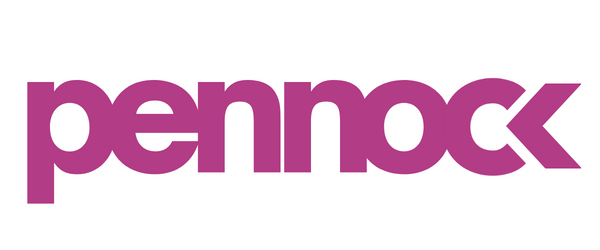Unlocking Success: 2024 Beauty Industry Marketing Trends
The beauty industry continues to evolve at a rapid pace, driven by shifting consumer preferences, technological advancements, and societal trends. To stay ahead of the curve and captivate your audience, it's crucial to embrace the latest marketing trends. This is why it’s important to work with a marketing partner who has their finger on the pulse and can develop a successful strategy for your beauty brand. Here are some actionable insights to guide your strategy and unlock success in the dynamic landscape of beauty marketing:
1. Personalization Reigns Supreme
Data Point: According to a study by Accenture, 91% of consumers are more likely to shop with brands that provide relevant offers and recommendations based on their shopping habits.
In the era of hyper-personalization, one-size-fits-all marketing strategies are obsolete. Consumers expect tailored experiences that resonate with their unique preferences and needs.
This is particularly interesting given the end of third-party cookies as we know them, which means we have to rely on first-party data while running campaigns across contextual placements
Actionable Tip: Enhance the sophistication of your email and SMS flow series based on website activity, this will feel much more tailored than treating all website visitors the same. Now is the time to build out your first-party journeys and make the perfect!
2. Sustainability Takes Center Stage
Data Point: Nielsen reports that 73% of global consumers say they would definitely or probably change their consumption habits to reduce their impact on the environment.
As eco-consciousness continues to grow, consumers are increasingly gravitating towards sustainable and ethical beauty brands. If your business already has sustainable aspects about it then embrace sustainability across all facets of your business, from sourcing ingredients to packaging and distribution. Showcase your commitment to sustainability through transparent communication and eco-friendly initiatives. Incorporate storytelling into your marketing campaigns to highlight your brand's mission and values, resonating with socially conscious consumers.
Actionable Tip: Partner with eco-friendly content creators and collaborate on sustainability-focused content to amplify your brand's message all while reaching a wider audience of environmentally conscious consumers. Brands can build campaigns focused solely around their eco-friendly, sustainable, clean, and/or social-purpose USPs.
3. Diversity and Inclusivity Drive Representation
Data Point: A survey by McKinsey found that companies in the top quartile for ethnic/cultural diversity on executive teams were 36% more likely to have above-average profitability.
Leading beauty brands have celebrated the unique beauty of all individuals regardless of age, ethnicity, gender, or body type for years. Emerging brands are jumping in, producing brand collateral and partnerships with DEI front and center.
Actionable Tip: Highlight DEI in your campaigns. Collaborate with influencers and brand ambassadors who embody inclusivity and advocate for positive change within the industry.
4. Embrace Interactive Content
Data Point: According to a study by Content Marketing Institute, interactive content generates 4-5 times more page views than static content.
In a digital landscape saturated with lo-fi short-form videos, interactive content stands out as a powerful tool for engaging consumers and driving conversions.
Actionable Tip: Experiment with formats like quizzes, polls, and shoppable videos to captivate your audience and provide a memorable brand experience. Encourage user-generated content (UGC) by launching interactive challenges or contests that encourage creativity and foster community engagement.
Test out a “challenge” on TikTok. For example, Reese’s Puffs started a challenge for users to film themselves doing a specific dance while eating the cereal for a chance to win a specified prize. This led to viral moments and extreme promotion of the brand. This is not feasible for all brands, but variations of this effort can be executed.
5. Harness the Power of Influencer Marketing
Data Point: A survey by X found that 49% of consumers rely on influencer recommendations for their purchases.
Influencer marketing (aka creator content) continues to be a driving force in the beauty industry, enabling brands to reach broad audiences with authentic and relatable content.
Actionable Tip: Identify influencers whose values align with your brand and whose followers match your target demographic. Establish long-term partnerships with micro-influencers who have a highly engaged and loyal following. This allows for more authentic and sustainable brand advocacy over time.
In conclusion, the 2024 beauty industry landscape presents boundless opportunities for brands to connect with consumers on a deeper level and drive meaningful engagement. By embracing personalization, sustainability, diversity, interactive content, and influencer marketing, you can position your brand for success in the ever-evolving world of beauty marketing. Stay agile, innovative, and customer-centric, and watch your brand grow in the years to come.
Want to know what we predicted for 2023? Check out our 2023 trends here.
Sources:
Accenture. "Personalization Pulse Report."
Nielsen. "The Database: What Sustainability Means Today."
McKinsey. "Diversity wins: How inclusion matters"
PepperContent. "Interactive Content vs. Static Content: Which is More Effective?"
Meltwater. "The Most Important Influencer Marketing Statistics for 2024."
